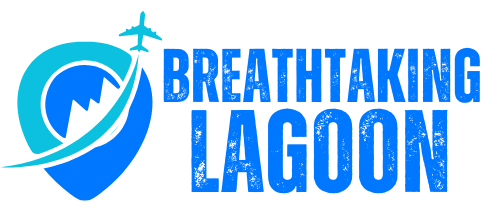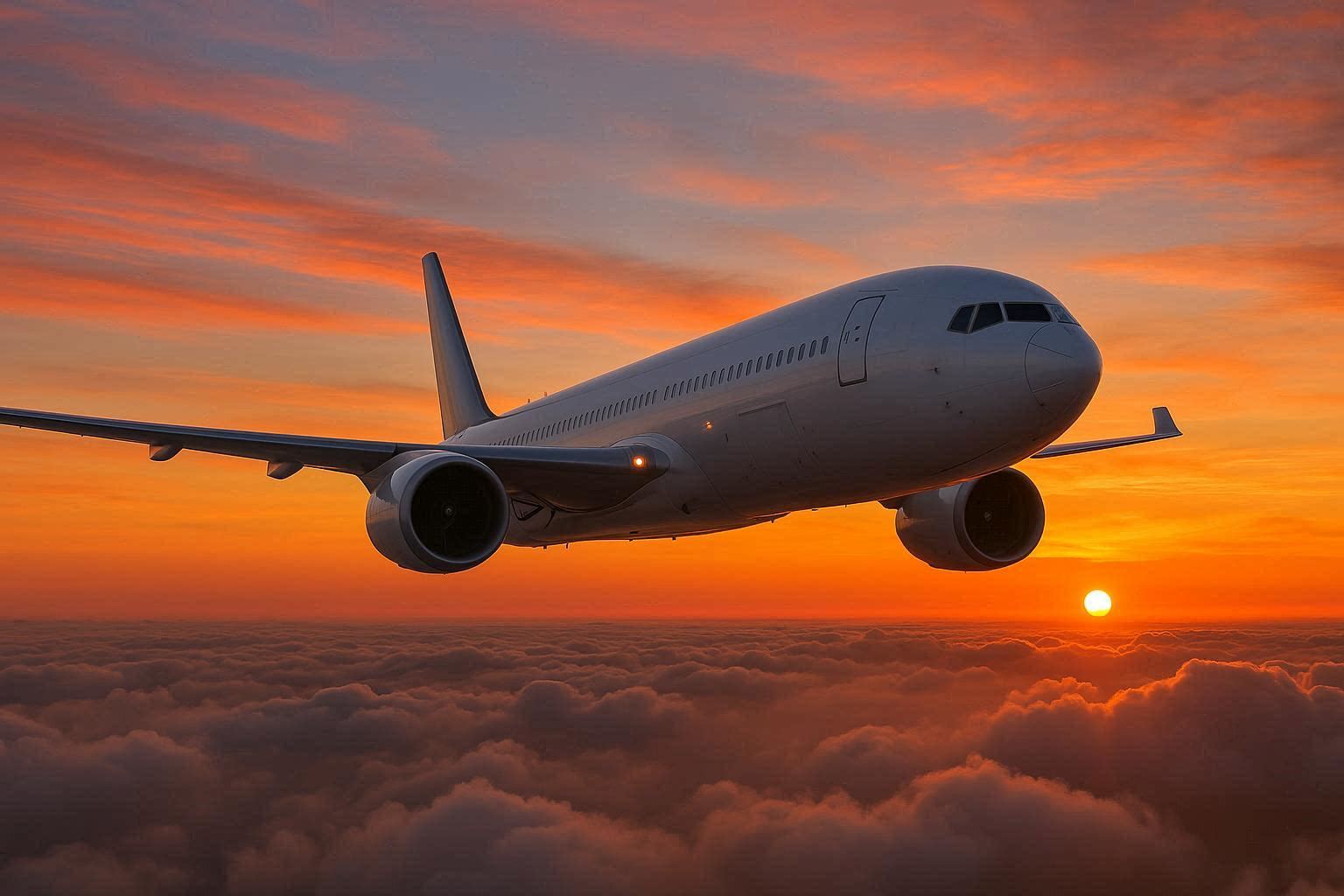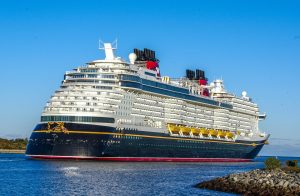Published on October 20, 2025
The recent incident involving United Airlines flight UA1093 has drawn considerable attention within travel-and-tourism circles and international aviation safety watchers alike. Aboard the aircraft, a Boeing 737 MAX 8, a sudden and unexpected windshield crack occurred while cruising at approximately 36,000 feet above the United States, forcing an unscheduled diversion and emergency landing in Salt Lake City, Utah. The aircraft was operating on a domestic leg from Denver, Colorado to Los Angeles, California, carrying around 140 passengers and crew members. While no passenger injuries were reported, one of the pilots sustained minor bruising during the event. Investigations are now under way to determine whether the crack was caused by an internal structural failure, environmental stress, or an external object impact — including speculation involving space debris or a meteorite, though no confirmation has yet been issued. From a travel-and-tourism perspective, this incident acts as a reminder of how even the most routine domestic flights across the United States can occasionally face unexpected disruptions. Despite the scare, the situation was handled effectively and no serious harm resulted.
Incident Overview
On 16 October 2025, United Airlines flight UA1093, operated by a Boeing 737 MAX 8, departed from Denver International Airport in the USA bound for Los Angeles International Airport. The aircraft was cruising at around 36,000 feet when the flight crew discovered a crack in the cockpit windshield. According to reports, the pilot promptly began a controlled descent and diverted the aircraft to Salt Lake City International Airport in Utah, making an emergency landing.
Advertisement
Advertisement
The aircraft was carrying 140 passengers and crew members in total, and all were safely accommodated on a replacement aircraft—a Boeing 737 MAX 9—that completed the journey to Los Angeles with a delay of approximately six hours.
Cause and Investigations
While the exact cause of the windshield crack remains under investigation, media and aviation-blog commentary suggest several possible contributing factors. Some photos shared on social media reportedly show scorch marks near the damaged windshield and bruising on the pilot’s arm, which have raised speculation that an external object—such as space debris or a small meteorite—could have struck the aircraft at high altitude.
However, aviation safety authorities such as the Federal Aviation Administration (FAA) estimate the probability of space debris causing serious injury to a commercial airliner is less than one in a trillion, making that scenario extremely rare.
Other plausible causes include hail or other high-altitude environmental stressors impacting the multi-layered windshield, or an internal structural fault within the windshield assembly itself. The cockpit window is designed to resist bird strikes and rapid pressure changes, but an impact at cruising altitude remains highly unusual.
Advertisement
Travel & Tourism Implications
Advertisement
From a travel-and-tourism standpoint, this incident highlights several key points for travellers using domestic flights within the United States or planning journeys involving short-haul U.S. routes:
- Passenger reassurance: The safe outcome—no passenger injuries and successful diversion—demonstrates the resilience of modern airline safety systems and pilot training.
- Delay considerations: Even well-operated flights may incur delays when unexpected mechanical or structural events occur. In this case, the six-hour delay to Los Angeles may affect onward connections, hotel bookings or car rentals.
- Aircraft confidence: The incident involved a Boeing 737 MAX 8, an aircraft type widely used in the United States and globally. Although the event is unusual, the prompt response and safe landing may reinforce rather than diminish traveller confidence.
- Destination effects: For travellers booked on this route or similar domestic U.S. legs, unforeseen disruptions might impact tight itineraries, especially when connecting to other U.S. destinations or international travel to/from the United States.
- Safety perception: For tourists—domestic or international—this kind of incident serves as a reminder that air travel, even on familiar routes between U.S. cities like Denver, Salt Lake City and Los Angeles, can encounter rare structural events, reinforcing the importance of travel insurance and flexible booking policies.
The U.S. Route and Geographic Context
The flight path from Denver to Los Angeles traverses varied terrain across the western United States. The diversion to Salt Lake City places the aircraft within the Mountain Time Zone of the U.S. state of Utah. For a tourist or traveler perspective, the following points are of interest:
- Denver, Colorado (origin): A major U.S. city often serving as a gateway to mountain tourism, ski resorts, and Rocky Mountain vistas.
- Los Angeles, California (final destination): A globally recognised travel hub known for entertainment, beaches, and international connectivity.
- Salt Lake City, Utah (diversion location): Known for its mountainous surroundings, national parks nearby and as an aviation hub for flights in the Mountain West region. Travelers diverted here may gain an unexpected view of Utah’s landscape before continuing their journey.
From a tourism viewpoint, travellers whose journey was unexpectedly rerouted through Salt Lake City might have faced an unplanned stopover in a region rich in outdoor appeal—though the priority in the moment was safety rather than leisure.
Safety Protocols & Response
The incident showcased effective safety protocols. Once the windshield crack was detected, the flight crew initiated a descent from approximately 36,000 feet to around 26,000 feet, then diverted to the nearest airport suitable for landing, Salt Lake City International Airport.
The aircraft was grounded thereafter for inspection and maintenance, and passengers were transferred to another aircraft to complete their itinerary.
This sequence underlines how commercial aviation in the United States is engineered to respond to structural anomalies—even extremely rare ones—with priority on safety of passengers and crew. For travellers, this reinforces the value of selecting reputable carriers and being prepared for unexpected changes, even on well-established routes.
Looking Ahead for Travellers
For future travel planning, especially within the United States, the following considerations emerge from this incident:
- Allow buffer time: When flying on domestic U.S. routes—especially those with tight connections—allow extra time should an unscheduled diversion or delay occur.
- Flexible bookings: Using tickets with changeable bookings or travel insurance may provide peace of mind in the rare event of flight irregularities.
- Stay informed: Monitoring airline communications and travel advisories before and during a journey can help manage expectations when flights deviate from schedule or route.
- Tourist mindset: If a diversion occurs—such as landing in a different U.S. city than originally planned—consider whether the location offers any local interest or amenities to turn the delay into an unexpected mini-experience. In this case, Salt Lake City could offer travellers a brief exposure to Utah scenery before continuing to their destination.
- Confidence in aviation: Rare structural incidents do not necessarily signal broader safety decline—this event reinforces that established airlines and regulatory frameworks can handle emergencies effectively, maintaining the integrity of travel within the United States.
In conclusion, the emergency diversion of United Airlines flight UA1093 on a Boeing 737 MAX 8 due to a windshield crack underscores how even routine domestic U.S. flights can face unexpected structural challenges. Yet the safe outcome—no passenger injuries, effective crew response and successful completion of the journey—is a testament to aviation safety standards. For travellers and tourism professionals alike, the incident offers a chance to reflect on resiliency, preparedness and the value of flexible planning when navigating air travel across the United States.
Advertisement
Advertisement
Tags: domestic flights, emergency landing, salt lake city, Travel, United Airlines
I want to receive travel news and trade event update from Travel And Tour World. I have read Travel And Tour World’sPrivacy Notice.
Monday, October 20, 2025
Monday, October 20, 2025
Monday, October 20, 2025
Monday, October 20, 2025
Monday, October 20, 2025
Monday, October 20, 2025
Monday, October 20, 2025
Monday, October 20, 2025




